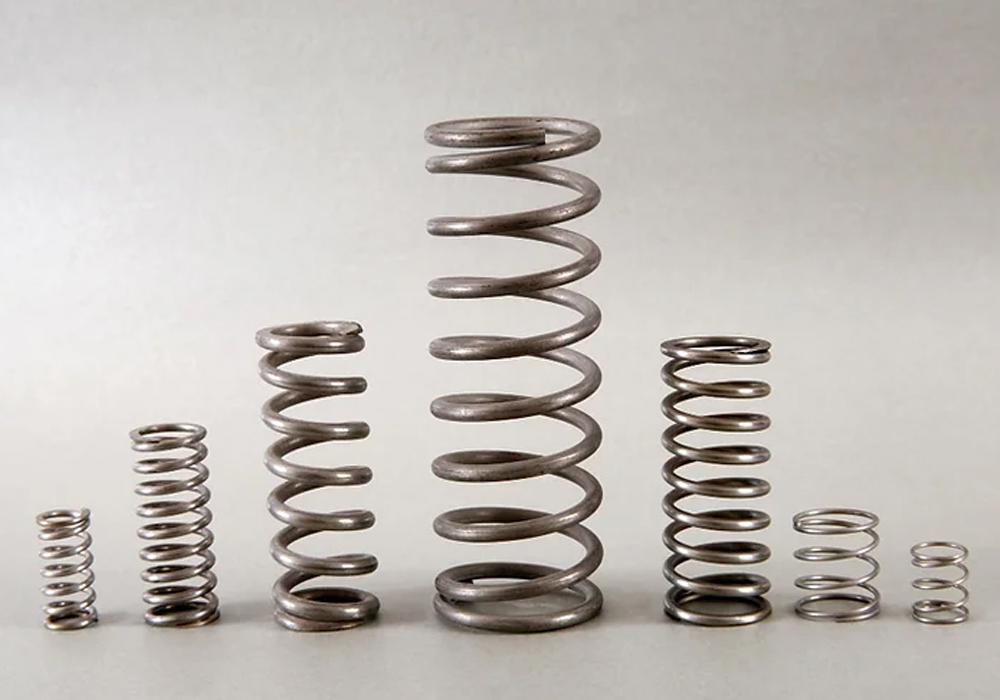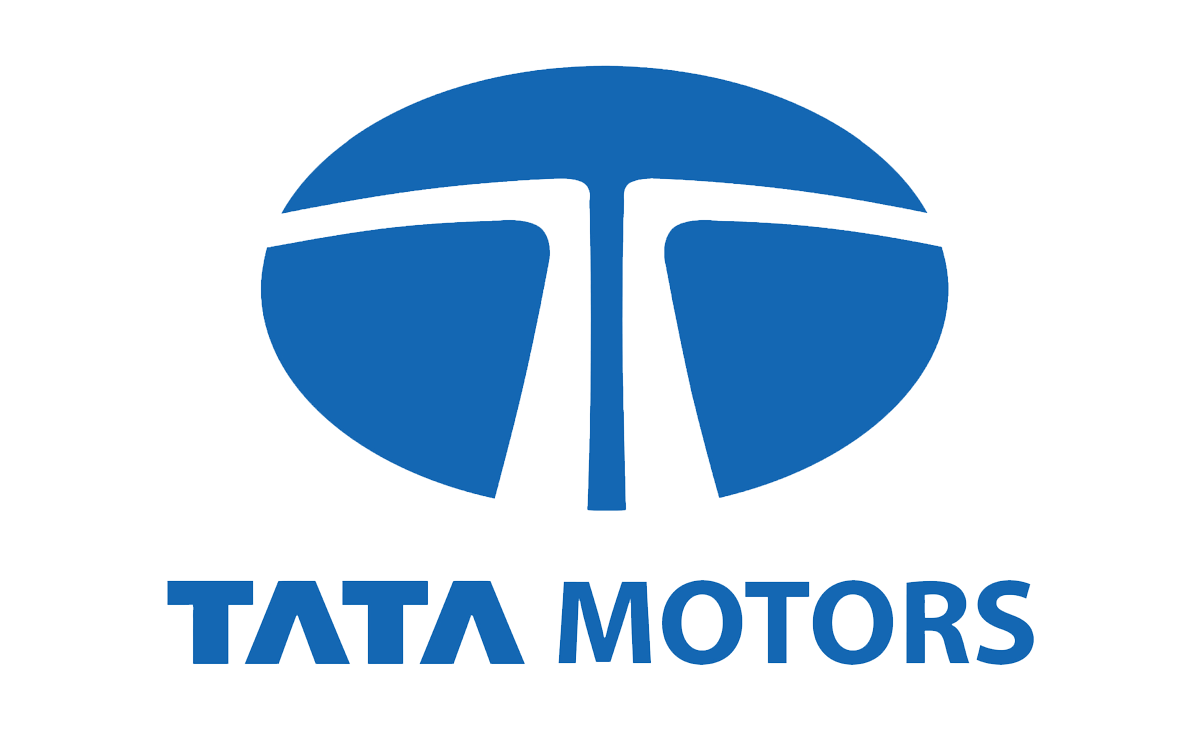
The Ultimate Guide to Choosing the Right Springs for Your Industry
Springs are indispensable components in a multitude of industries, playing a crucial role in everything from automotive manufacturing to aerospace engineering. Selecting the right springs for your industry is not just a matter of convenience; it can significantly impact the efficiency, safety, and overall performance of your operations. In this comprehensive guide, we will explore the key factors and considerations that go into choosing the right springs for your specific industry.
Introduction: Understanding the Importance of Springs in Industry
Before delving into the finer details of spring selection, let's begin by understanding the fundamental importance of springs in various industrial applications. Springs are versatile devices that store and release energy, making them essential in numerous machines and mechanisms. Whether it's providing suspension in a vehicle, ensuring precise movement in a manufacturing process, or controlling valves in the oil and gas sector, springs are the unsung heroes of industry.
1. Types of Springs
- Compression Springs: These springs compress under a load, providing resistance and returning to their original length when the force is removed. They are commonly found in suspension systems and machinery.
- Extension Springs: Extension springs extend under a load and are used to create tension. They are often seen in garage doors and trampolines.
- Torsion Springs: Torsion springs exert a twisting force when wound or deflected. They are employed in applications where rotational motion is required, such as in door hinges and clock mechanisms.
2. Factors to Consider When Choosing Springs
Selecting the right springs involves evaluating several critical factors:
- Load Requirements: Determine the amount of force or load that the spring needs to handle. Understanding this parameter is crucial for spring selection.
- Material Selection: The material from which a spring is made can significantly impact its performance and longevity. Common materials include stainless steel, carbon steel, and alloy steels.
- Environmental Conditions: Consider the operating environment, including temperature, humidity, and exposure to chemicals. Some springs may require protective coatings or materials to withstand harsh conditions.
- Space Limitations: Ensure that the available space can accommodate the selected springs. The physical dimensions of the springs must fit within the constraints of the application.
- Cycle Life: Determine the number of cycles (compressions and extensions) the spring is expected to endure throughout its lifespan. This is a critical factor for reliability.
- Compliance and Stiffness: Match the compliance (flexibility) and stiffness (resistance to deformation) of the spring to the specific needs of your application.
3. Spring Design Calculations
Choosing the right springs involves performing calculations to determine their specifications. Some important calculations include:
- Spring Rate: This measures the stiffness of the spring and is calculated as the change in force divided by the change in deflection.
- Maximum Deflection: Determine how much the spring can be compressed or extended without damaging it.
- Stress Levels: Analyze the stress levels in the spring to ensure it operates within safe limits.
4. Industry-Specific Considerations
Different industries have unique requirements for springs. Here are a few industry-specific considerations:
- Automotive: Springs are crucial for suspension systems, ensuring a smooth ride and stability on the road.
- Aerospace: In aerospace, springs are used in landing gear, control systems, and other critical applications where reliability is paramount.
- Manufacturing: Springs play a pivotal role in manufacturing machinery, controlling motion, and providing precision.
- Oil and Gas: Springs are utilized in valves and other equipment, helping regulate the flow of fluids in demanding environments.
5. Custom Springs vs. Standard Springs
While standard springs are readily available, custom-made springs offer tailored solutions for specialized applications. Consider the advantages and disadvantages of both options to meet your industry's unique needs.
6. Quality Assurance and Certification
Ensure that the springs you select come from reputable manufacturers who adhere to stringent quality standards. Industry certifications can be indicative of reliability and quality.
7. Consulting with Spring Experts
When in doubt, don't hesitate to seek guidance from spring experts like Shama Spring. They can provide valuable insights and help you make informed decisions about spring selection.
8. Maintenance and Replacement
Lastly, remember that even the best springs require maintenance and periodic inspection. Be vigilant in identifying signs of wear or fatigue, and replace springs as needed to prevent unexpected failures.
Conclusion: Making the Right Choice for Your Industry
Choosing the right springs for your industry is a critical decision that can impact the performance, safety, and efficiency of your operations. By considering factors such as load requirements, materials, and environmental conditions, you can ensure that the springs you select are a perfect fit for your specific application.
For expert guidance on spring selection and to explore a wide range of high-quality springs for your industry, reach out to Shama Spring. Our team of experts is dedicated to providing tailored solutions to meet your unique needs, ensuring that you achieve optimal performance and efficiency in your industrial applications. With this comprehensive guide, you are well-equipped to make informed decisions when choosing the right springs for your industry, ultimately enhancing the performance and reliability of your industrial processes.







